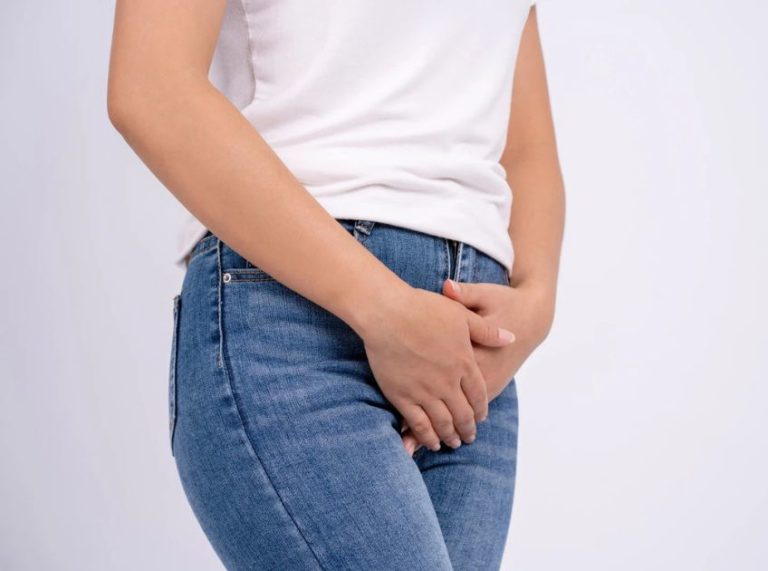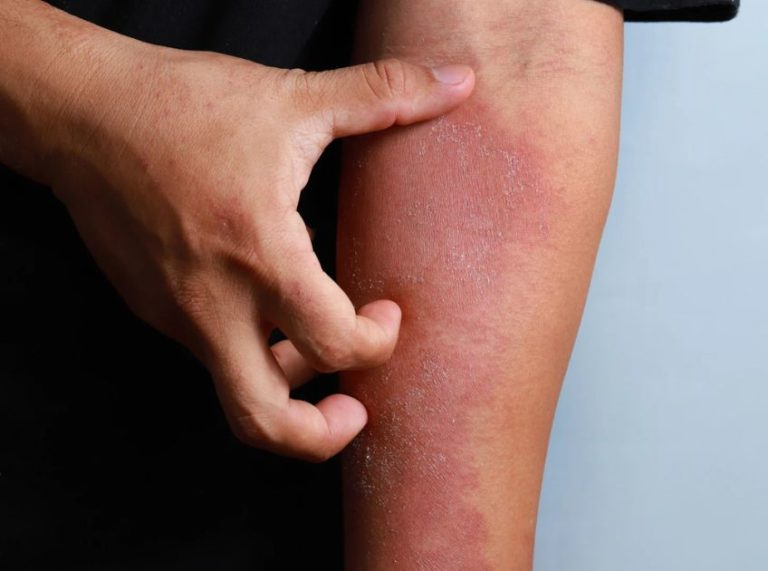
Important: This article is for informational purposes only. Please read our full disclaimer for more details.
Getting quality sleep after hernia surgery isn’t just about comfort—it’s crucial for healing. Your body does most of its repair work while you sleep, and the position you choose can either help or hinder that process. Knowing the right way to rest can ease pain, reduce swelling, and prevent strain on the surgical site.
Understanding Hernia Surgery and the Healing Process
A hernia occurs when an organ or tissue pushes through a weak spot in a muscle or surrounding tissue wall. Common types include inguinal, umbilical, and hiatal hernias. Surgery to correct this usually involves either open repair or laparoscopic surgery, depending on severity and location.
Post-surgery, rest is critical. However, due to tenderness and pressure around the surgical site—especially in abdominal hernias—sleeping incorrectly can worsen pain or even risk complications like recurrence.
Optimal Sleeping Positions After Hernia Surgery
1. Sleep on Your Back with Slight Elevation
This is widely regarded as the best position after hernia repair, particularly for abdominal or inguinal hernias.
- Why it helps: Sleeping on your back keeps your core muscles relaxed and reduces abdominal pressure.
- Pro tip: Prop your upper body up with 2–3 pillows or use a wedge pillow to elevate your torso. This helps reduce swelling, acid reflux, and tension around the stitches.
2. Recliner Sleeping
For the first few nights, especially after laparoscopic surgery, sleeping in a recliner can minimize movements and keep you semi-upright.
Benefit: This limits tossing and turning, protects the surgical site, and makes it easier to get up without straining your core.
3 . Side Sleeping (Opposite Side of Surgery)
If you had inguinal hernia surgery, sleeping on the side opposite to the incision site may be comfortable after a few days.
Use a pillow between your knees to maintain spinal alignment and reduce pressure on your abdomen.
Sleeping Positions to Avoid After Hernia Surgery
Stomach Sleeping
- This is a big no, especially after abdominal or groin hernia repair.
- It puts direct pressure on the incision site, strains healing muscles, and can cause unnecessary discomfort or re-injury.
Side Sleeping othe nthe Affected Side
- Avoid sleeping on the side where surgery was performed during the initial recovery phase.
- It may cause tension or pull on the sutures, leading to swelling and increased pain.
Flat on the Back Without Support
Lying flat can increase tension in the abdominal wall, particularly after open surgery. Always aim for a slightly elevated position.
What Science Says: The Link Between Sleep and Recovery
- According to a study published in the Journal of Clinical Sleep Medicine, deep, uninterrupted sleep promotes tissue repair and immune function (1)(2), both vital for post-op healing.
- Research in Surgical Endoscopy also highlights how post-operative pain can disturb sleep, which in turn can delay recovery (3).
Supportive sleeping postures, elevation, and ergonomic bedding significantly improve healing outcomes by minimizing inflammation and tension around surgical sites.
Frequently Asked Questions (FAQ’S)
1. How long after hernia surgery can I sleep on my side?
A. Most patients can gradually return to side sleeping within 1–2 weeks, depending on the surgery type and pain level. Always start with the opposite side and consult your surgeon.
2. Is it okay to use a heating pad while sleeping after surgery?
A. Use with caution. Heating pads can help relieve muscle tension, but avoid sleeping with one to prevent burns or overstimulation of healing tissues.
3. Can sleeping position cause a hernia to come back?
A. Poor sleep posture alone is unlikely to cause recurrence, but straining while getting in or out of bed, or prolonged pressure on the wound, can increase your risk.
Your recovery after hernia surgery doesn’t end at the hospital—it continues every night in bed. Prioritize back-sleeping with elevation, consider a recliner setup if needed, and avoid stomach and affected-side positions early on. Quality rest in the right position accelerates healing and minimizes complications. Always listen to your body and consult your healthcare provider for personalized advice.















